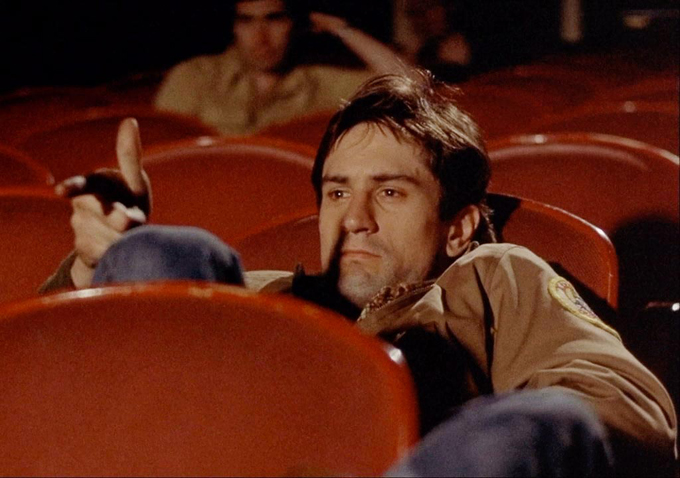 How we watch movies is almost as important as what we watch. Certain films, like Christopher Nolan’s massive “Interstellar,” demand to be seen in their most pristine format, ideally on a big screen. Other films, like Paul Thomas Anderson’s wooly, inscrutable “Inherent Vice,” should be seen with an audience —it’s just that kind of movie. The current climate also shrouds many of its bigger, more potentially profitable pictures in a veil of secrecy —all the better to whet the public’s fervent anticipation— while less established films, like the sublime French comedy “Tu Dors Nicole” seem to come from out of nowhere. The patterns of how we watch films are integral to the experience itself: many young people I know dread the idea of actually going to the movies (the hushed whispers of fellow moviegoers, the hassle of parking, the high cost of a ticket… all these things are a pain in the ass), whereas I can’t fathom watching a movie I am truly excited for on something as constricting as a laptop screen. Recently, Google (via Slashfilm) conducted a fascinating research study in conjunction with Millward Brown Digital in order to determine why folks go to see certain movies, and what they learned, not surprisingly, makes a whole lot of sense.
How we watch movies is almost as important as what we watch. Certain films, like Christopher Nolan’s massive “Interstellar,” demand to be seen in their most pristine format, ideally on a big screen. Other films, like Paul Thomas Anderson’s wooly, inscrutable “Inherent Vice,” should be seen with an audience —it’s just that kind of movie. The current climate also shrouds many of its bigger, more potentially profitable pictures in a veil of secrecy —all the better to whet the public’s fervent anticipation— while less established films, like the sublime French comedy “Tu Dors Nicole” seem to come from out of nowhere. The patterns of how we watch films are integral to the experience itself: many young people I know dread the idea of actually going to the movies (the hushed whispers of fellow moviegoers, the hassle of parking, the high cost of a ticket… all these things are a pain in the ass), whereas I can’t fathom watching a movie I am truly excited for on something as constricting as a laptop screen. Recently, Google (via Slashfilm) conducted a fascinating research study in conjunction with Millward Brown Digital in order to determine why folks go to see certain movies, and what they learned, not surprisingly, makes a whole lot of sense.
Last year, almost 70% of the American and Canadian population, a staggering 228.7 million people, went to the movies. 11% of these folks go twice a month. When it comes to reasons whether or not to see a certain movie, four out of every five moviegoers will get their information from YouTube (information on the cast and the opinions of their friends also factor into the equation to a slightly diminished extent). Predictably, movie trailers do quite a bit to put asses in the seats, although there also appears to be a substantial spike in attendance during the first weekend or two that the film is in release. The study also examines the connotations between different genres and various reasons for moviegoer attendance: apparently, those going to see a comedy statistically care more about the names in the cast then those going to see an action movie, where the director is more of a main draw. Apparently, all horror movie fans need to shell out their hard-earned cash on some blood and guts is a convenient showtime.
The data on display here exposes some uncanny truths about our habits as those who worship at the altar of celluloid. Said habits are so deeply ingrained in our customs as moviegoers that we may not even be actively conscious of them. I typically go to see films based on the director: I found myself more compelled to see “Foxcatcher” after being wowed by Bennett Miller’s previous film “Moneyball,” and there are certain filmmakers (Wes Anderson, Martin Scorsese, David Cronenberg, James Gray) whose films I will always see. The study, however, is interesting more for how it depicts the routines of the average cinemagoer, not the rabid, movie-consuming cinephiles that frequent sites like these. It depicts a fundamental need to immerse oneself in story, and how certain variables —an attractive, big-name cast, positive reviews and word-of-mouth, the director’s track record— can subconsciously influence and dictate our moviegoing experience. Check out the whole study below.


